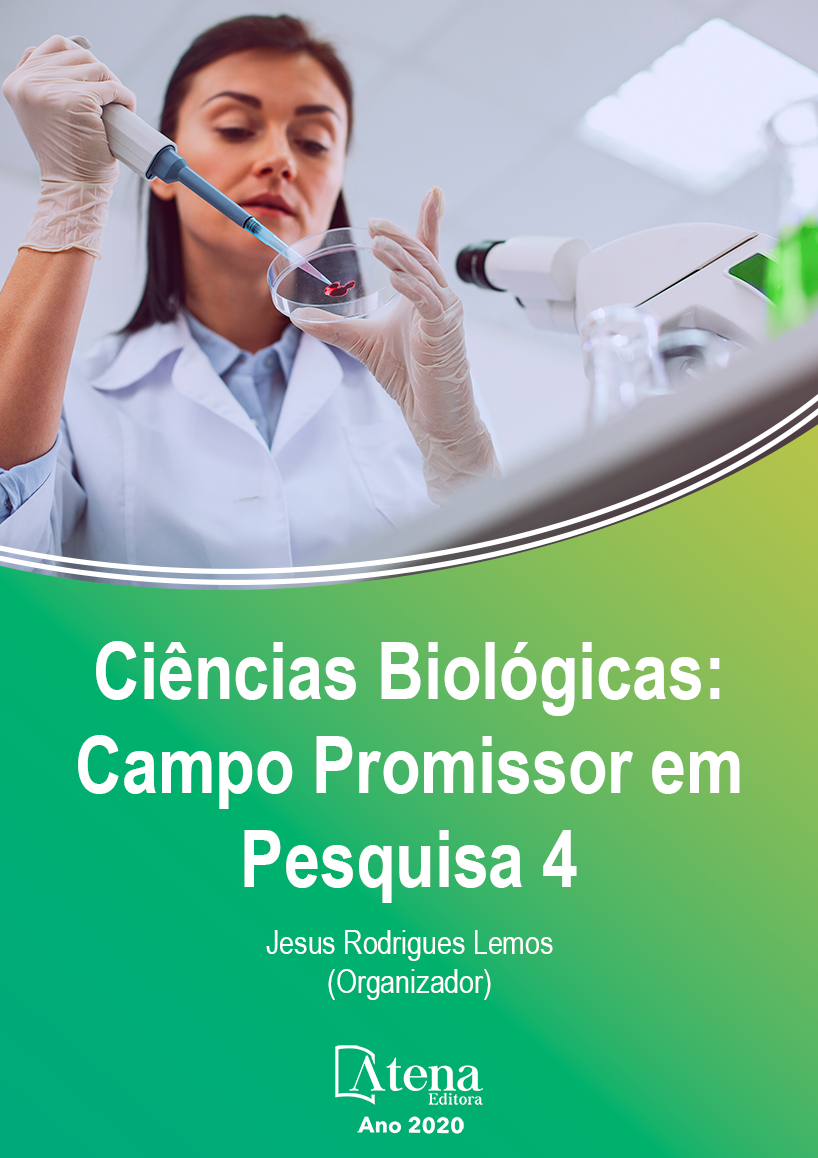
MALASSEZIA PACHYDERMATIS ISOLADAS DE OTITES DE CÃES E GATOS: IDENTIFICAÇÃO MOLECULAR E SUSCEPTIBILIDADE IN VITRO A ÓLEOS ESSENCIAIS
Malassezia pachydermatis é uma levedura polimórfica que faz parte da microbiota de pele e mucosa e é frequente causadora de infecções do canal auditivo de cães e gatos. A patogenia da Malassezia sp. está relacionada com o sistema imune do hospedeiro e aos fatores de virulência do fungo. A emergência de linhagens de M. pachydermatis resistentes aos antifúngicos comerciais resulta na busca de novas alternativas terapêuticas. Os óleos essenciais são compostos aromáticos voláteis altamente concentrados, que são extraídos de plantas e possuem grande diversidade de atividades como, entre outros, a ação antibacteriana e antifúngica. Assim, o objetivo deste estudo foi isolar e identificar, por método molecular, isolados clínicos de M. pachydermatis do ouvido externo de gatos e cães domésticos com otite e avaliar a susceptibilidade aos antifúngicos comerciais cetoconazol, miconazol, itraconazol e posaconazol, e a atividade antifúngica dos óleos essenciais de Alecrim pimenta, Cravo-da-Índia, Menta, Tomilho branco, Manjericão, Alecrim e Limão-Tahiti. Adicionalmente, a toxicidade dos óleos essenciais foi avaliada no modedo invertebrado Galleria mellonella. Um total de 28 cepas de M. pachydermatis foram isoladas e identificadas pelo sequenciamento da região Internal Transcribed Spacer (ITS) do DNA ribossomal. O teste de atividade antifúngica revelou que cetoconazol, miconazol e posaconazol apresentaram baixa concentração inibitória mínima (CIM) para os isolados clínicos de M. pachydermatis. Entretanto, alguns isolados clínicos apresentam alta CIM de miconazol (16 µg ml-1) e cetoconazol (4 µg ml-1). Os óleos essenciais de Alecrim pimenta, Cravo-da-Índia, Menta e Tomilho Branco apresentaram alta atividade antifúngica contra os isolados clínicos do fungo patogênico M. pachydermatis e baixa toxicidade à G. mellonella. Embora ensaios adicionais sejam necessários para a aplicação desses óleos essenciais no tratamento de infecções causadas por M. pachydermatis, a eficácia antifúngica e a baixa toxicidade mostram um uso promissor desses óleos essenciais no tratamento de infecções fúngicas.
MALASSEZIA PACHYDERMATIS ISOLADAS DE OTITES DE CÃES E GATOS: IDENTIFICAÇÃO MOLECULAR E SUSCEPTIBILIDADE IN VITRO A ÓLEOS ESSENCIAIS
-
DOI: 10.22533/at.ed.4042024069
-
Palavras-chave: Malassezia pachydermatis, antifúngicos comerciais, óleos essenciais, toxicidade, Galleria mellonella.
-
Keywords: Malassezia pachydermatis, commercial antifungals, essential oils, toxicity, Galleria mellonella.
-
Abstract:
Malassezia pachydermatis is a polymorphic yeast that is part of the skin and mucosa microbiota and a frequent infection-causing agent of ear canal and skin of dogs and cats. Malassezia sp. pathogenesis in lesions is related with the host immune system as well as the fungus virulence factors. The emergence of M. pachydermatis resistant strains to commercial antifungal results in the search for new therapeutic alternatives. Essential oils are highly concentrated volatile aromatic compounds that are extracted from plants and have a wide range of activities such as, among others, antibacterial and antifungal effect. In addition, the toxicity of essential oils was evaluated in the invertebrate moleria Galleria mellonella. A total of 28 strains of M. pachydermatis were isolated and identified by the sequencing of the Internal Transcribed Spacer - ITS region of the ribosomal DNA. The antifungal activity test revealed that ketoconazole, miconazole and posaconazole showed low MICs for the clinical isolates of M. pachydermatis. However, some clinical isolates have a high MIC of miconazole (16 µg ml-1) and ketoconazole (4 µg ml-1). The essential oils of Rosemary Pepper, Clove, Mint and White Thyme showed high antifungal activity against clinical isolates of the pathogenic fungus M. pachydermatis and low toxicity to G. mellonella. Although additional tests are necessary for the application of these essential oils in the treatment of infections caused by M. pachydermatis, the antifungal effectiveness and low toxicity shows a promising use of these essential oils in the treatment of fungal infection.
-
Número de páginas: 15
- Raquel Santos da Silva
- Ludmilla Tonani
- Marcia Regina von Zeska Kress


